The full title of this class, from the course catalog, is “History, Theory, and Practice of Expository Writing.” Over the course of the semester we have identified some of the formal and rhetorical characteristics of expository writing. In general, the purpose of expository writing is to explain, inform, and describe. Its organizational structure tends to be narrative or associative. Expository writing is often found in “essays,” a form or genre that, as Lynn Z. Bloom explains, often operates as a catch-all category for the heterogenous canon of short works studied in first-year composition courses. Expository writing that describes or explains the author’s subjective experience and perception displays the markers of “expressive discourse,” that is writing through which the author develops and comes to a better understanding of her identity as a human subject in the world.
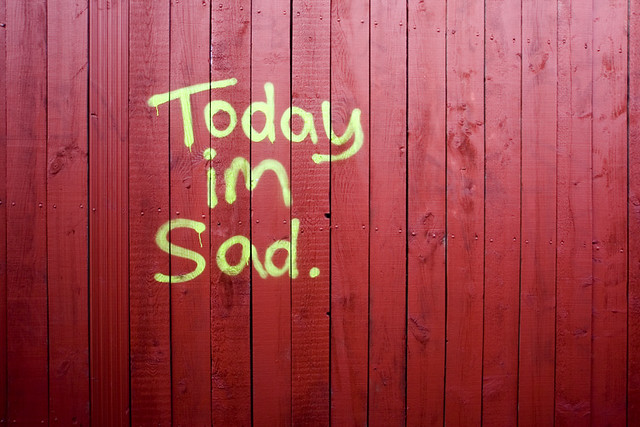
In this blog post, you will offer your answer to the question presented in the title: What is expository writing? Or, in a formulation that includes modes of composition that employ more than alphabetic text: What is exposition? How is exposition different from persuasion? And what is the relationship between exposition, as a rhetorical activity, and material culture studies, as an interdisciplinary field of cultural study and analysis? What, if anything, can we learn about the history, theory, and practice of exposition from material culture studies? Or, how does material culture studies draw upon the theories, or reproduce the practices of exposition?
Posting: Group 2
Commenting: Group 1
Category: What is exposition?
In your Blog #10 post, you should do more than offer a list of answers to these questions. Rather, you should offer a cohesive, reasoned answer to the central question presented in the prompt title: What is exposition? In the course of attempting to answer that question, you may also be offering answers to these or other related questions. Your post, though, should read as a coherent statement about, perhaps even an argument in favor of the criteria you are using to define what exposition is. You are encouraged to draw upon any of the texts we have read this semester, including Writer/Designer and Everyone’s An Author. Please carefully read and follow the guidelines and posting information for this blog as they’ve been outlined in the Blog Project Description.
Feature Image: “moleskine” by Jochen Handschuh on Flickr.


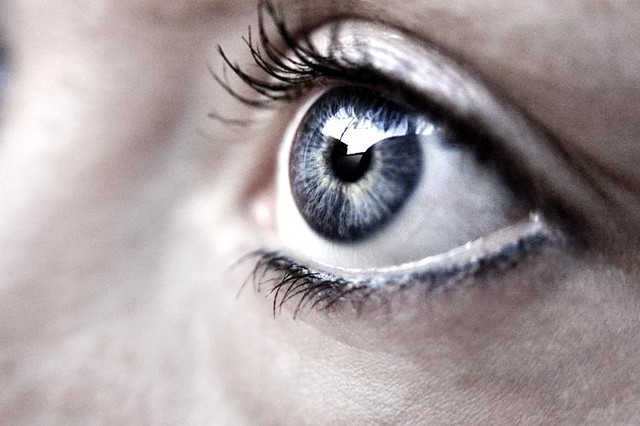
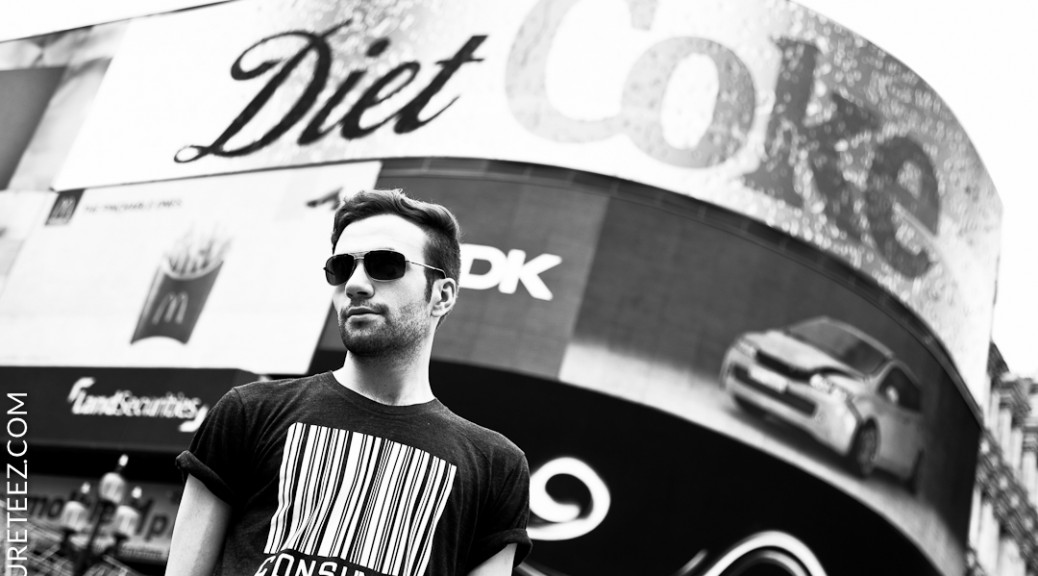
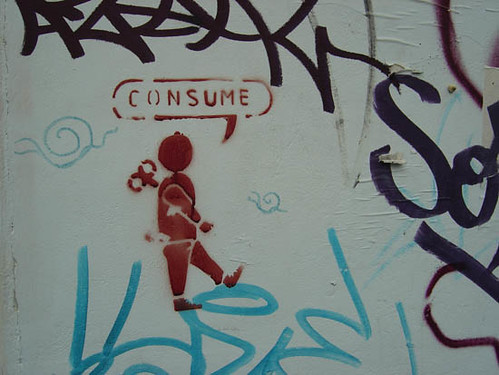


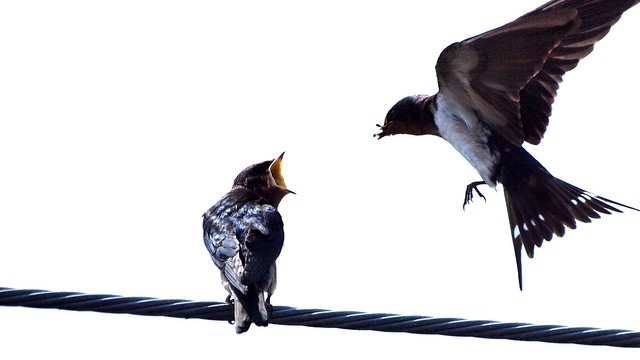


 The object itself, however, presumably remains unaffected by that transaction. Is it possible to argue these two pieces of writing are more about the power objects have over us, than they are about any power we might have over them? And if so, if we really don’t ultimately exercise much control over our things, does that make all that uncontrollable stuff inherently dangerous?
The object itself, however, presumably remains unaffected by that transaction. Is it possible to argue these two pieces of writing are more about the power objects have over us, than they are about any power we might have over them? And if so, if we really don’t ultimately exercise much control over our things, does that make all that uncontrollable stuff inherently dangerous?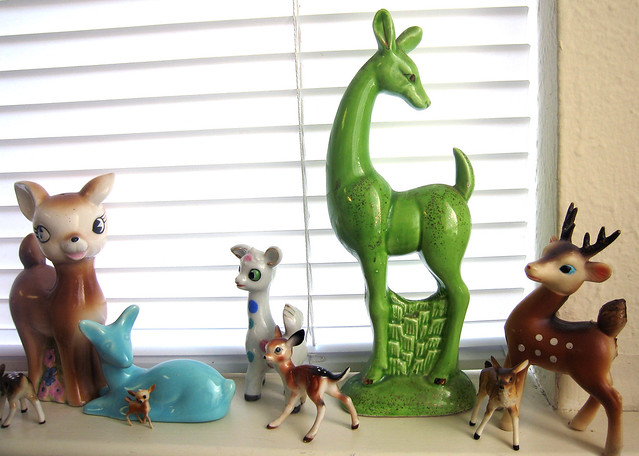




 John Maguire argues student writers and writing instruction are too focused on abstract ideas. In fact, he contends that “[s]tudent papers are often unreadable” (His words, not mine!) “because they are way, way too abstract.” Rather than asking students to grapple with abstract ideas from the outset, Maguire argues writing teachers should instead get students to focus on the physical world, and let the abstract ideas emerge from that emphasis:
John Maguire argues student writers and writing instruction are too focused on abstract ideas. In fact, he contends that “[s]tudent papers are often unreadable” (His words, not mine!) “because they are way, way too abstract.” Rather than asking students to grapple with abstract ideas from the outset, Maguire argues writing teachers should instead get students to focus on the physical world, and let the abstract ideas emerge from that emphasis: